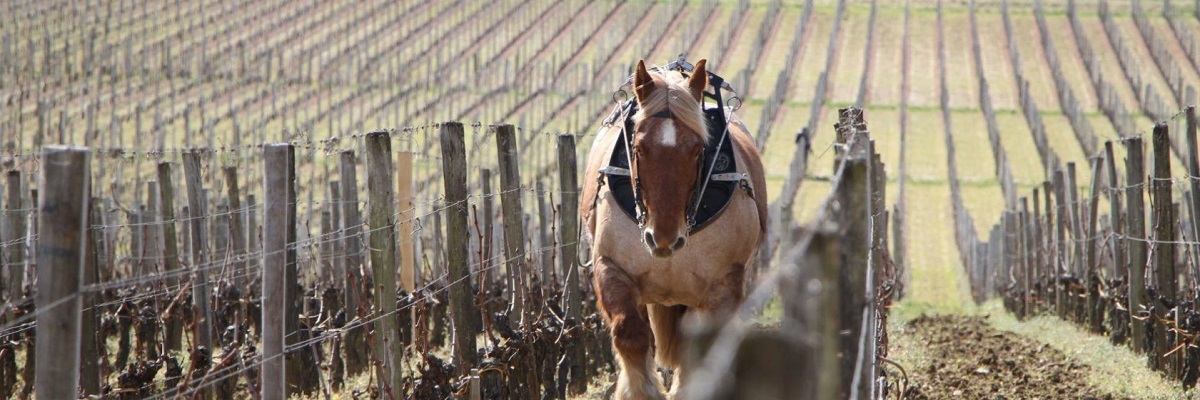
Château Troplong Mondot has produced one of the more divisive wines in Bordeaux over the last quarter of a century. Until recently the full-blooded, ripe, inky, high-alcohol and fully-extracted style drew three-digit scores from many critics and scorn from others. There has, however, been a seismic change since 2017, when Aymeric de Gironde was brought in to manage the estate. The results are already impressive, with changes in all aspects promising even more to come.
Troplong Mondot has a magnificent, and unique, terroir. It sits at the top of the hill with un-eroded ancient clays, gently sloping to varied soil types and a range of altitudes that allow fruit to ripen at different times and in different ways. In the right hands it offers the opportunity to make truly great Bordeaux.
The work started from the moment Aymeric stepped into his role at Troplong Mondot. The clays that are so prized at this site at the top of the hill had become compacted, so horse ploughing was introduced and cover crops sewn. Picking is now done earlier, with more analysis and tasting to yield fruit at a lower ripeness (yet still fully ripe). Less oak is used and many of the overly-manipulative practices that were used in the winery have been dropped.
The first signs of the revolution can be seen in the 2018 vintage, and the culmination of both hard work and an understanding of the terroir can be seen from the 2019 vintage onward.
Troplong Mondot will never be an airy, light wine but this Merlot-based blend is now nuanced and beautifully delineated with a fresh backbone against succulent, pure red fruit.
Critics are taking note. William Kelley - writing on the 2019 - asks "Has any Bordeaux château realized a more wholesale stylistic revolution in so short a time than Troplong Mondot?" On the 2020 – “With the 2020 vintage, this estate's stylistic redemption appears to be complete.” And on the 2022 – “A wine that transcended both my lofty expectations and anything produced at this address in the last 50 years, the 2022 Troplong Mondot realizes all the potential of this striking terroir.”
Saint Emilion was, for much of the 1990s and 2000s, something of a lost boy: a region with no real direction. Over the past ten years we have seen something of a revolution, and Saint Emilion is arguably the most exciting appellation in Bordeaux today. Figeac has been transformed, Canon has been improving steadily over the past 20 years and is now right at the top. Troplong Mondot is perhaps the epitome of this revolution, and is very much one of St Emilion's new elite.
